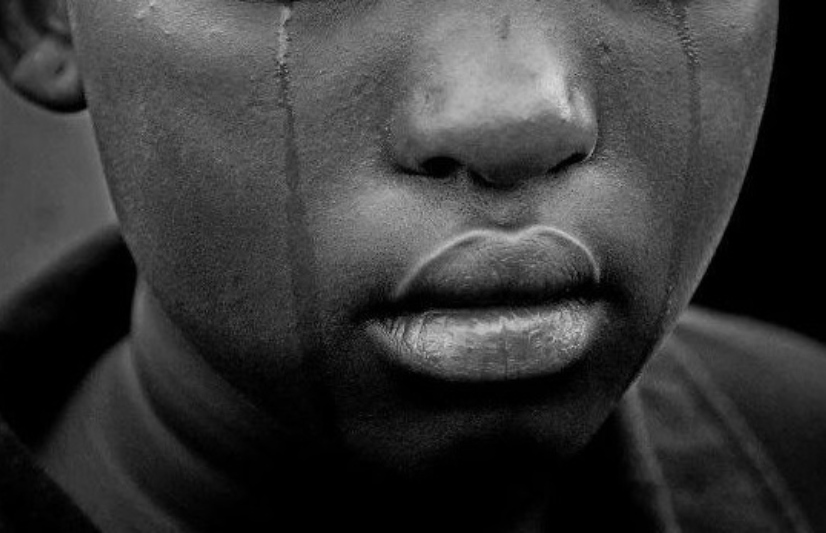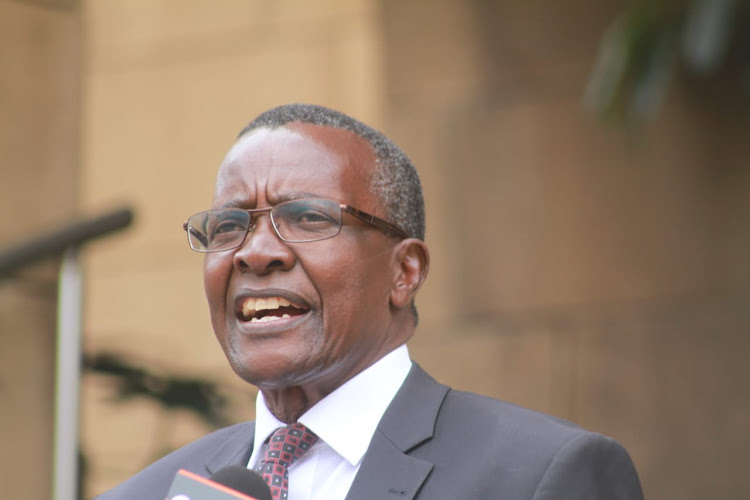Reporting on child abuse still low in Kenya

Despite legal and policy frameworks put in place to enhance child schooling, the country still faces challenges that prevent children from accessing education, a new report shows.
Kenya Institute for Public Policy Research and Analysis (KIPPRA) report on the status of children in Kenya, there are still reported cases of sexual abuse among school going children.
“Some rural areas still report cases of early and forced marriages resulting in teenage pregnancies. There have also been concerns on the cost of education despite primary and secondary education being free and compulsory,” the report released on Wednesday says.
KIPPRA cited the Education Parliamentary Committee report, 2020, which showed that the status of daycare facilities in the country were not child-friendly and habitable for pupils.
To bridge this gap, the committee recommended additional funds from both National and County Governments.
Since devolution, the allocation to the education sector has been increasing but is still not sufficient according to the recommended allocation of Sh2,292 per learner annually. The overall budget for basic education increased from Sh269.1 billion in 2016/17 to Sh315 billion in 2017/18.
Allocation to ECDE as a share of the education budget was highest in Mandera at 38 per cent and lowest in Kakamega at 3 per cent. The KIPPRA report has also shown that allocation to primary education as a share of the education budget was highest in Baringo and Nandi at 65 per cent and lowest in Mandera at 40 per cent.
Similarly, allocation to secondary education as a share of the education budget was highest in Nyeri at 50 per cent and lowest in Mandera and Samburu at 22 per cent.
“The increased spending has contributed to increasing access to Early Childhood Development Education (ECDE) opportunities across counties, which is critical in achieving children’s development to full potential,” the report states
Girl-child empowerment
Following the devolution of ECDE, the report states that counties have continued to allocate more resources to the sector.
Total expenditure on ECDE constituted 62.6 per cent development and 37.4 per cent recurrent during the review period.
Kakamega had the largest development expenditure share of ECDE at 91 per cent followed by Elgeyo Marakwet at 62 per cent while Kirinyaga and Kiambu had the highest recurrent expenditure share of ECDE of 93 per cent and 86 per cent respectively in the 2014 – 2018 period.
The report has also shown that the national gross ECDE enrolment rate increased from 73.6 per cent in 2014 to 94.4 per cent in 2018 while net enrolment rate (NER) declined from 71.8 per cent to 63.5 per cent during the same period.
“The NER indicates there was a decline in the number of children who joined ECDE after the implementation of devolution among children who had attained school-going age,” the report showed.
It also indicated that more boys had enrolled in EDCE than girls in 2014 by 3.2 per cent while girls’ enrolment exceeded boys by 2.5 per cent in 2018, which can be partly attributed to campaigns advocating for girl child education by several lobby groups in the country.
The report has called on the need to strengthen equity in the education sector.
The Medium-Term Plans could focus on strengthening equity in access to education with specific regard to girls in ASALs.
The current situation indicates low gross enrollment rates for ASAL counties of Garissa, Mandera, Wajir, West Pokot, and Turkana. NER for select counties stood at 27 per cent for Mandera with 18.2 per cent for girls, 32.9 per cent in Wajir with 23.3 per cent for girls.








